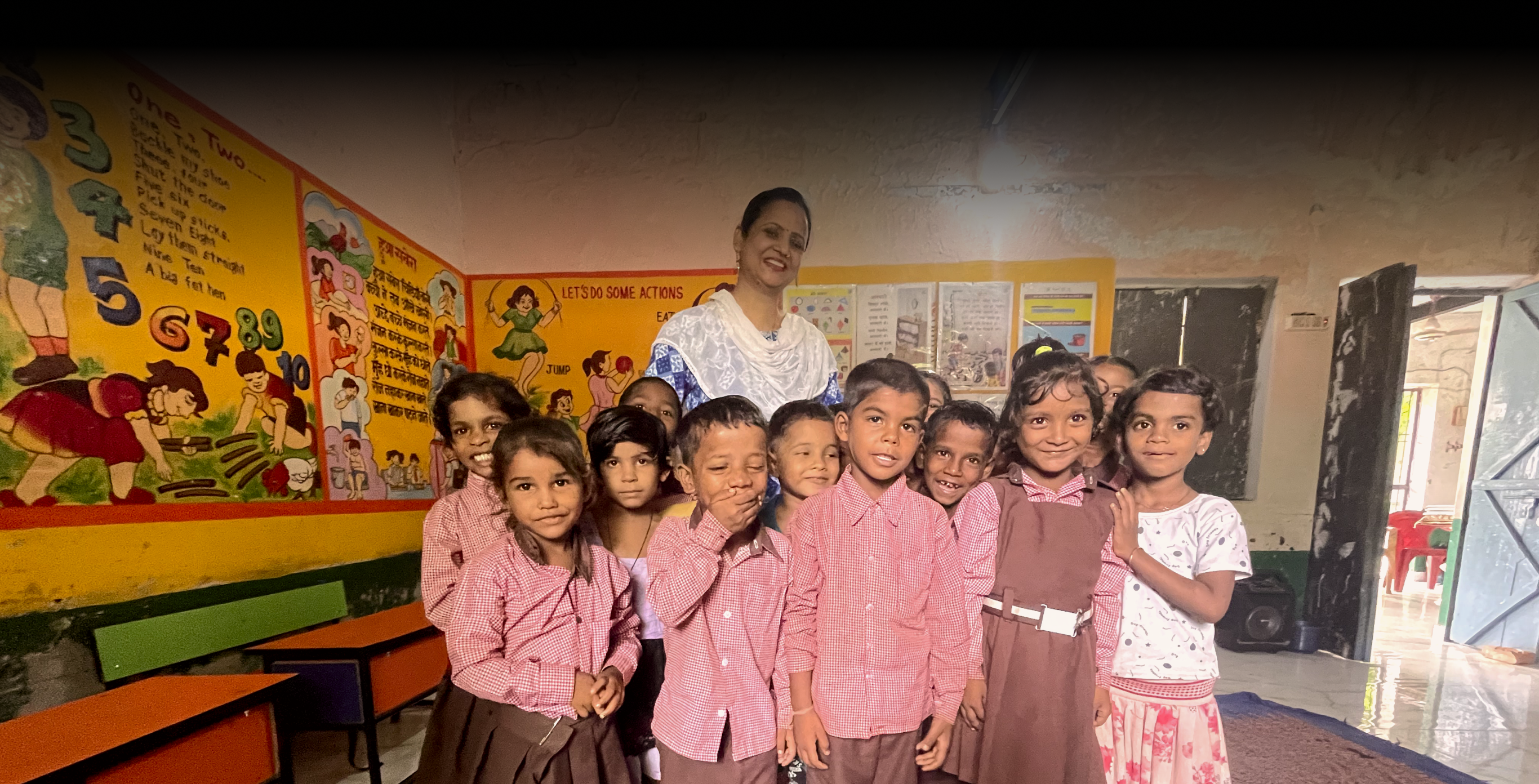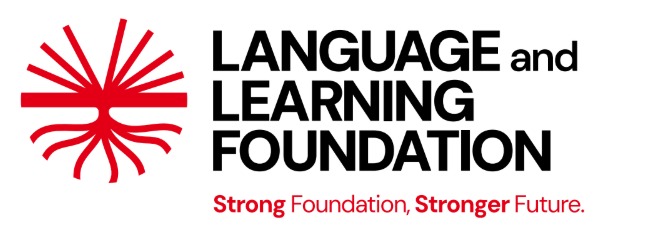Multilingual Education (MLE)
Beginning with children’s first language for better learning.
We emphasise leveraging children’s first language as a foundation for improved learning outcomes. Multilingual Education promotes not only better learning but also fosters equity and social inclusion. Collaborating with state governments, we design and implement bi/multilingual education programmes, bridging the gap between home and school languages
State- level
6
States
14
Languages
District-level
3
States
10
Districts
2,684
Schools
95,419
Children
5,622
Teachers
(Data for FY 2024-25)
India's Linguistic Diversity
- 19,659 mother tongues recorded (Census of India 2011)
- 1,369 languages have over 10,000 speakers
- Spread across 640 districts in 28 states and 7 union territories
- 30 languages used for primary education
MLE = Home Language (L1) + Medium of Instruction (R1) + Other Additional Languages (R2)
![]()
Valuing children’s home language(s) and cultural knowledge; used in the teaching-learning process
![]()
Languages are not seen in water-tight compartments; keeping a fluid and mixed use of languages
![]()
Taking support of children’s home language to teach additional languages
Intervention strategies
Demonstration Programmes
- LLF’s MLE demonstration programmes have evolved during the years and have developed an appropriate environment for children to learn in their most familiar language(s).
- Key objectives of demonstration programmes –
- Strengthen children’s higher order thinking abilities and oral expression in L1, children’s most familiar language.
- Develop basic reading, writing, listening, and speaking skills in L2 (Language of Instruction – LoI).
- LF is currently working with 9 non-dominant languages – Halbi, Bhatri, Gondi, Wagdi, Ho, Kudukh, Khadiya, Mundari, and Santhali
- LLF’s MLE programmes are in 5 States – Chhattisgarh, Rajasthan, Jharkhand, Assam, and Odisha impacting 95,000+ students directly.
- Key strategies of MLE demonstration programmes –
- Teaching and learning in the beginning months of school should be conducted in children’s home languages alone.
- Balanced and strategic use of L1 and L2, as per children’s level. L1 for new or difficult concepts, higher order thinking and expression, and L2 for simple discussions, familiar content or concepts.
- Accept and encourage mixed use of home language and school language for greater understanding and learning.
- Take the help of children’s home languages in teaching how to read and write.
- Include children’s cultural and contextual knowledge in teaching-learning materials and processes.
- Community engagement is a vital component of LLF’s MLE programme, fostered through initiatives like Storytelling Festivals and School-Cultural Museums.
- These activities tap into the rich cultural and linguistic knowledge of the community, enhancing children’s learning experiences and empowering them to express themselves with confidence.
Awareness Generation and Professional Development
- 15 lakhs teachers across India have completed the MLE course, developed in collaboration with the Ministry of Education (MoE) and National Council of Educational Research and Training (NCERT).
- Raising awareness on Multilingual Education (MLE) at the state level.
- Building the capacity of education officials from the state to cluster level through online training programmes.
Research and Advocacy
- Partnering with national and state governments to shape the policies on MLE.
- Conducting research and documenting best practices on MLE.
- Conducting Language Mapping Exercise.
- Conducting webinars and seminars to spread awareness on MLE.
- Partnering with different organisations to establish a National Consortium for MLE – India
Different Language Use in a Multilingual Classroom:
Home Language (L1)
- Primarily for academic and formal interactions in the first few months of school.
- Focused use for improving understanding, higher-order thinking, critical analysis, and original expression in oral language development.
Mixed Language (L1 + R1)
- Natural, purposeful blending according to the developmental level of children.
- Initial decoding and reading facilitated through the inclusion of L1 words.
- Acceptance of mixed language words in writing at beginning level.
Medium of Instruction (R1)
- Focus on orality first in R1 through poems, stories, and language games at the beginning.
- Introducing new concepts in R1 concepts using gestures, level appropriate language, pictures, and first language.
- Vocabulary development in R1 is supported by Total Physical Response (TPR), songs, poems, expressive techniques, and interactive games.

Programme outcomes:
- Interactive and child-centred classrooms.
- Improved understanding and comprehension.
- Positive self-image and confidence.
- Enhanced learning across subjects.
- Facilitated acquisition of additional languages.
Read our reports, newsletters, notes to know more

2030 MISSION
Donation will be eligible for exemption under section 80G of the Income Tax Act, 1961
